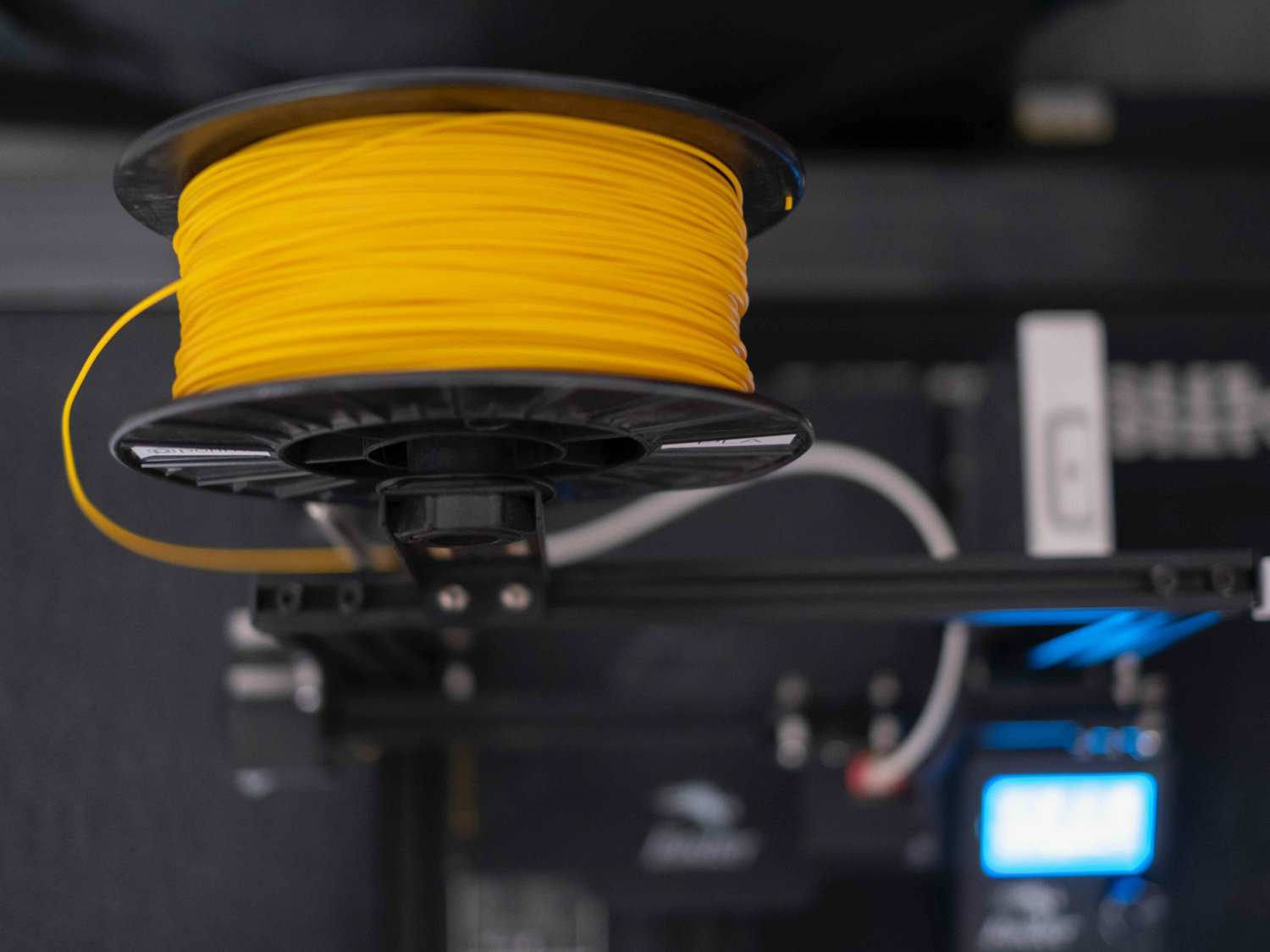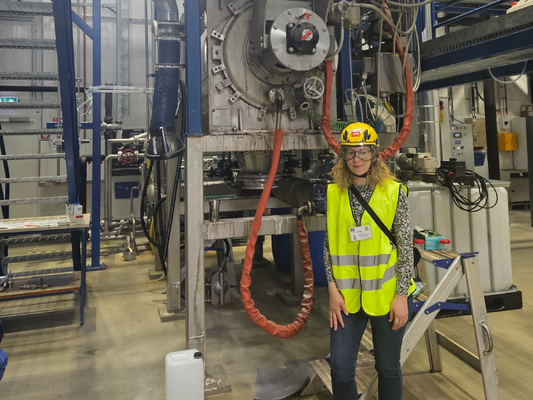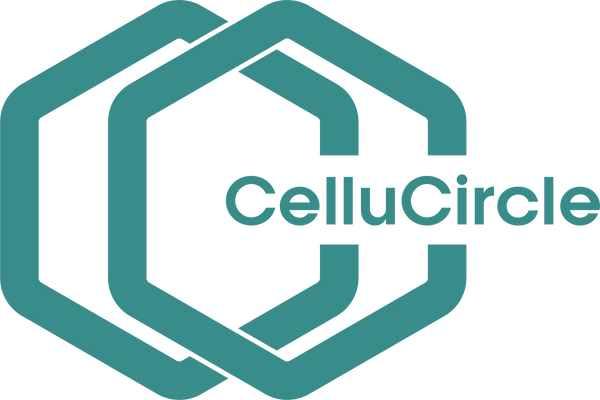
The Future of Textile Recycling

Innovating for Endless Possibilities
The textile industy is one of the most resource intense sectors in terms of water, raw materials, land and carbon emissions. Over 100 million tons of textiles are produced every year, and its increasing rapidly. However, only a fraction is recycled today. Most of post consumers textiles are land filled or incinerated. As a result, the textile industry represent more than 10% of global CO2 emissions.
We’re set to change this.

CelluCircle has developed a unique and proprietary process for the sustainable recycling of post consumer textiles in mass volume. Our tolerant process recycles feedstock of almost all polycotton and synthetic fibre blends and colours. The original textile fibres are released and can be spun back into new clothes and textiles.

The process also allows for the direct production of nanocomposites from discarded textiles. These recycled and biobased composites can replace fossile based plastics in 3D printing, injection and pressmoulding.
In short: our technology will save resources, energy and reduce pollution and CO2 emissions.
Join us, our journey has just started.
News
-

Pilot Testing Update
We are excited to inform you that we recently tested one of our patented core textile upcycling processes in a 600 L reactor at VTT, with the financial support of...
Pilot Testing Update
We are excited to inform you that we recently tested one of our patented core textile upcycling processes in a 600 L reactor at VTT, with the financial support of...
-

Seed Investment Announcement!
We are thrilled to announce that Mr. John G. Mytilineos, a renowned Greek entrepreneur with a background in engineering, industry, and shipping, has decided to invest in the innovative ideas...
Seed Investment Announcement!
We are thrilled to announce that Mr. John G. Mytilineos, a renowned Greek entrepreneur with a background in engineering, industry, and shipping, has decided to invest in the innovative ideas...


